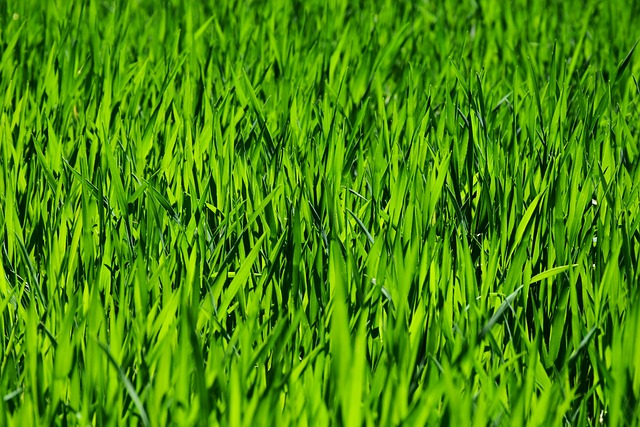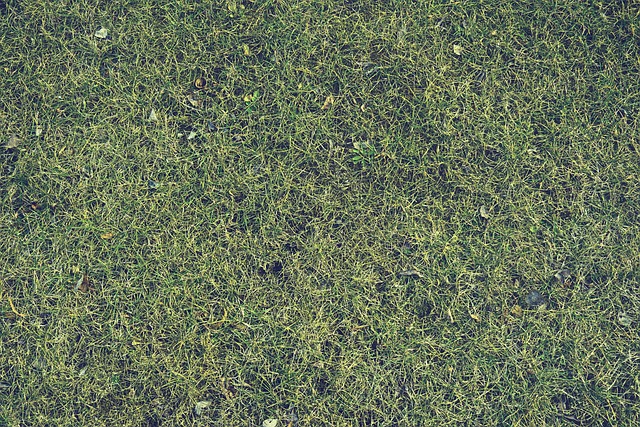Mulching and edging are essential practices for vibrant, healthy lawns and landscapes. Mulch protects soil, retains moisture, suppresses weeds, and enriches it over time, while edging defines lawn boundaries, prevents grass from spreading onto walkways, and enhances water distribution. Integrating these techniques improves aesthetics and functionality, making yard work easier and ensuring a lush, well-maintained outdoor space.
Transform your lawn into a picture of perfection with effective mulching and edging techniques. This comprehensive guide delves into the world of lawn care and landscaping, offering insights on the benefits and best practices of mulching. We explore various edging techniques to achieve a neat and polished look. By combining these two essential practices, you can enhance your lawn’s health, appearance, and overall maintenance. Get ready to unlock the secrets to a lush, well-manicured outdoor space.
- Understanding Mulching: Benefits and Best Practices
- Edging Techniques for a Neat Lawn Look
- Combining Mulching and Edging for Optimal Lawn Care
Understanding Mulching: Benefits and Best Practices

Mulching is an essential practice in lawn care and landscaping, offering numerous benefits that contribute to a healthy and vibrant lawn. By applying mulch—whether organic or inorganic—around plants, shrubs, and trees, you create a protective barrier that helps retain moisture, regulate soil temperature, and suppress weed growth. Organic mulches, such as wood chips, straw, or compost, not only enhance soil fertility but also decompose over time, enriching the soil with essential nutrients. In contrast, inorganic mulches like rock or rubber provide long-lasting protection against weeds and extreme temperatures.
Best practices for mulching involve applying the right type and amount. For organic materials, a 2–4 inch layer is ideal, ensuring it doesn’t touch the plant stems to prevent rot. Inorganic mulches can be applied liberally, usually up to 5 inches deep, as they don’t decompose like organics. Regularly replenish mulch to maintain its depth, especially in high-traffic areas or where weeds are persistent. Edging, too, plays a crucial role by defining the lawn’s boundaries with garden beds and paths, enhancing both aesthetics and functionality, making yard work easier, and preventing mulch from spreading into unwanted areas.
Edging Techniques for a Neat Lawn Look

Achieving a pristine lawn look involves more than just mowing; edging is a crucial lawn care and landscaping technique that defines the edges of your grass, creating a neat and polished appearance. There are various edging techniques to consider, each offering unique benefits for different lawn types and preferences. For instance, hand weeding with a garden fork or edger tool is ideal for precise control around trees, shrubs, and flower beds, ensuring no grass encroaches on these areas. This meticulous approach requires time but yields a flawless finish.
For larger properties or those seeking efficiency, investing in an electric or gas-powered edging device can be game-changing. These tools swiftly slice through grass, creating crisp lines that define pathways, garden borders, and the perimeter of your lawn. They are particularly useful for maintaining straight edges along sidewalks and driveways, enhancing both functionality and aesthetics in lawn care and landscaping practices.
Combining Mulching and Edging for Optimal Lawn Care

Combining mulching and edging in your lawn care routine is a powerful strategy for achieving a lush, well-maintained landscape. Mulch, with its ability to retain soil moisture, suppress weeds, and provide essential nutrients, acts as a protective layer for your grass roots. By regularly applying mulch, you create an ideal environment for growth, ensuring a vibrant and healthy lawn.
Edging, on the other hand, defines the boundaries between your lawn and paths or flower beds, creating a neat and polished look. This practice prevents grass from encroaching onto walkways and allows for better water distribution. Combining these two techniques is a game-changer in lawn care and landscaping, as it streamlines maintenance while significantly enhancing both the aesthetic appeal and overall health of your outdoor space.
Mulching and edging are essential components of effective lawn care and landscaping. By understanding the benefits of mulching, including its ability to retain moisture, suppress weeds, and improve soil health, you can transform your lawn into a lush, well-maintained space. Edging techniques, such as using string trimmers and edgers, help create clean lines and define the edge of your grass, enhancing overall curb appeal. Combining these practices not only saves time but also promotes a healthier, more vibrant lawn. Implement these strategies to achieve a neat, beautiful, and low-maintenance outdoor oasis.
